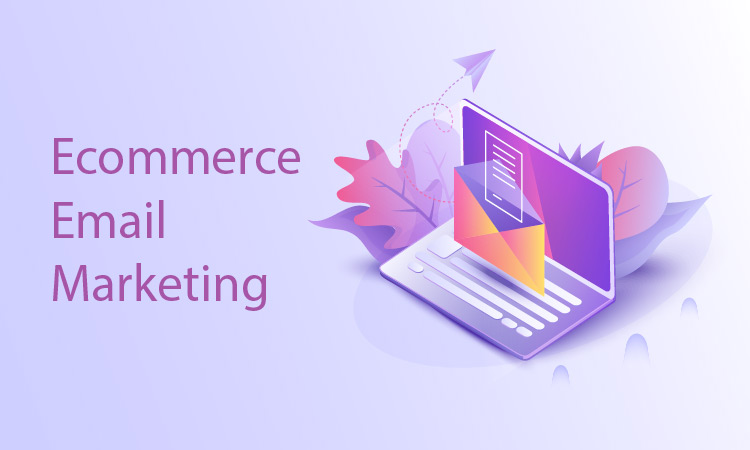Emails are one of the most effective ways of reaching existing customers and generating new leads. Whether someone purchases your product or just creates a username and leaves their email address on your ecommerce website, if you do not respond with an email, you are missing the opportunity to increase ecommerce sales, drive consumer loyalty, and nurture leads.
In this article, we go through the basic types of email campaigns and give you 8 essential tips on how to enhance your efforts in this area.
What is Ecommerce Email Marketing?
Ecommerce email marketing is the method of utilizing email to create revenue by increasing awareness of the goods or services that a company offers.
You can use email marketing for something basic, such as emailing people who abandon their shopping cart, to something more complex, like enlisting users in a new marketing campaign. For example, you can use email marketing to help generate new leads by offering a whitepaper download or informing customers of a new product.
Note: Learn more about running a successful ecommerce campaign by referring to our post about Ecommerce Marketing Strategies.
Why is Email Marketing Important for Ecommerce?
Email marketing is the perfect way for companies to communicate with consumers. When an email marketing system is underperforming, you are losing out on a portion of sales.
Email marketing serves three important functions:
1. As an additional sales channel
Although a good marketing strategy is essential for generating leads, acquiring sales is the end goal. You can attract customers with discount coupons, loyalty discounts, or notify users when you have new products or seasonal sale. Customer loyalty programs are a type of email marketing tactic that effectively generates leads as well as revenue.
2. As a method of customer retention
The act of making customers return to an app or website is retention. Retention is a marketing tactic used to bring people back to your company. Just as you use this tactic to acquire customers, you can use it to keep them engaged. Engaged customers translated into recurring customers.
Note: Read our articles and find out more about different customer retention strategies and how to get repeat customers.
3. As a way to nurture your relationship with prospects and customers
You must nurture your email lists if leads are going to progress along the sales funnel. Providing company updates, timely product information, or an unexpected gift with no strings attached for new subscribers, are all examples of nurturing email campaigns. Nurturing campaigns are highly effective and are starting to outnumber traditional lead generation email campaigns.
Email Marketing Benefits
Email marketing is one of the most effective ways to reach your audience because it offers a range of benefits:
- The potential audience is vast. With 4 billion users worldwide, emails offer a wide pool of potential customers. Many people are absent from some or all social media platforms, limiting the number of leads you can generate through these channels. However, if a person has access to the internet, they most likely also have an email address.
- It is less invasive than other methods. Because users must grant you permission to send them emails, they generally deem this form of advertising less intrusive and will even welcome hearing from you.
- It is highly customizable. Marketing emails are highly customizable. Express brand values and add creative assets, including videos, interactive surveys, infographics, and even games.
- It enables personalization. In an omnichannel world, personalization is king. Emails give you the opportunity to make your customers feel like you understand them and are talking directly to them.
- Its success is easily measurable. Email marketing services make it easy to measure all the KPIs of your efforts. From these numbers, you can easily make adjustments to your campaigns and troubleshoot problems.
- It is affordable. Marketing through email does not require a big budget, unlike other channels.
- It provides a high ROI. Because of its affordability, personalization opportunities, and other factors, email marketing achieves a high ROI. In fact, few other channels can compare with emails in this respect, Statista reports.
Note: Refer to our article and learn the 14 email marketing KPIs to track.
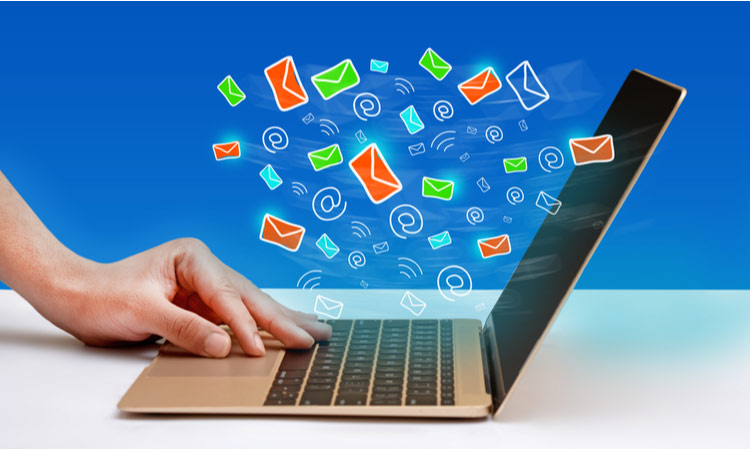
Types of Ecommerce Email Marketing
These three types of ecommerce marketing campaigns are the building blocks of any successful email strategy.
1. Automated Emails
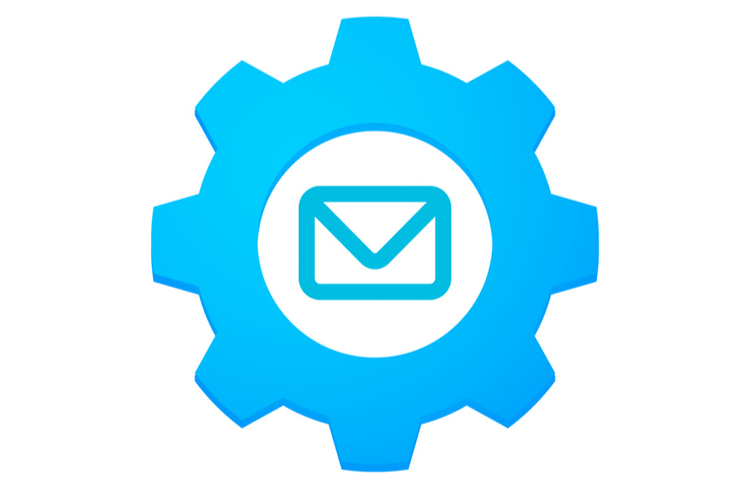
Email automation is the delivery of emails prompted by a set of predefined rules. Automated emails are most often triggered by an action the user makes (e.g., signing up to your mail list) but can also occur at a set time (e.g., the user’s birthday).
Automation is an effective marketing tool as it helps cultivate a personal relationship with your customers but also nurtures fresh leads. Because the whole process is data-driven (customers are targeted based on their behavior, preferences, and previous purchases), it can help with otherwise time-consuming activities such as identifying cross-sell and upsell opportunities.
2. Email Blasts
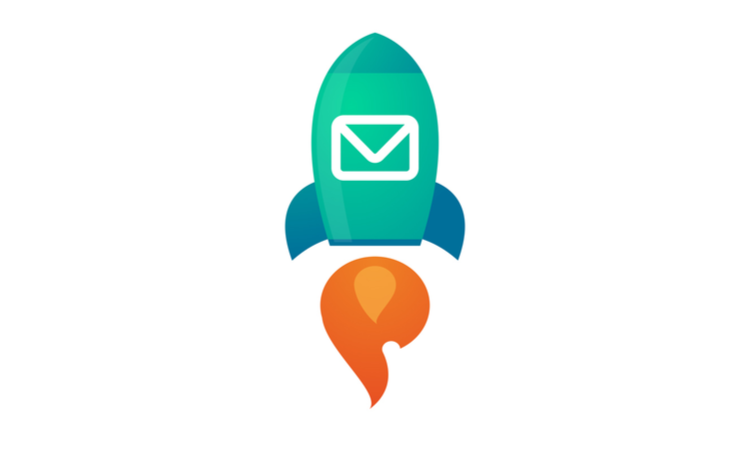
Also known as broadcast emails, mass emails, and bulk emails, email blasts are the action of sending a single, generic email to an entire email list, a large section of an email list, or a variety of email lists simultaneously.
In the time before privacy regulation and easily achievable personalization, email blasts were the go-to strategy for reaching customers and driving sales. However, now there are more fine-tuned ways of moving leads down the sales funnel.
That said, email blasts can still be an effective way to advertise the arrival of a new product, announce a time-limited sale, and communicate policy updates or other essential information.
3. Email Drip Campaigns
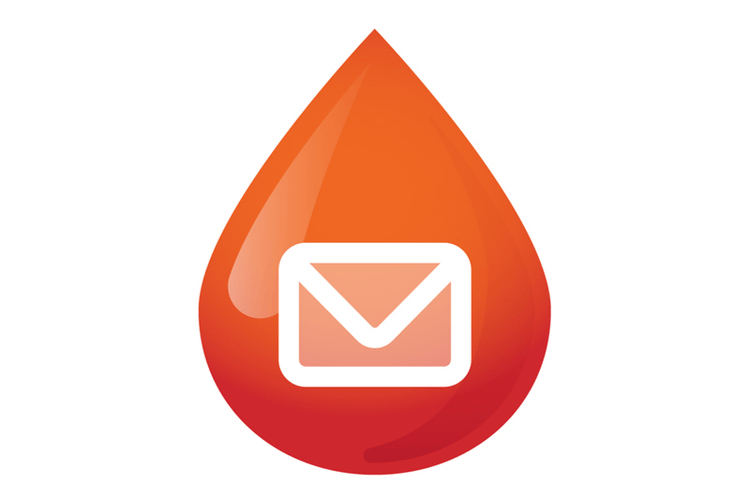
A drip campaign is a method used in direct marketing to acquire customers through lead nurturing programs. It involves the repeated sending of marketing information to prospective customers over an extended period.
The primary goal of an email drip marketing campaign is to encourage prospects to commit to your call to action. In a drip campaign, the emails are personalized, and customers are targeted based on the actions they take.
Examples of actions that prompt a drip campaign are:
- Cart abandonment
- Not placing an order for a long time
- Joining a mailing list
- Downloading a report, white paper, or ebook
- Attending a product promotion, whether in person or online
- Contacting customer service or communicating with your ecommerce chatbot
Note: Learn what are the ecommerce customer service best practices.
8 Tips to Enhance Your Email Marketing Strategy
Below you will find a curated list of essential tips on how to create a robust and efficient email marketing strategy.
Tip 1: Create These Essential Automated Emails
The following types of email are essential for efficient communication with your customers. When they are automated, your workflow gains efficiency, and you no longer miss opportunities to generate leads and sales.
Welcome Email
Your welcome email is the one chance you get to make an impactful first impression. If your introduction to a new subscriber is not memorable, it is unlikely your follow-up campaigns will be either. Its role is to thank subscribers for joining your list, set expectations for what is to come and simplify the sales process. To make the best first impression be original and keep your design simple.
Cart Abandonment Email
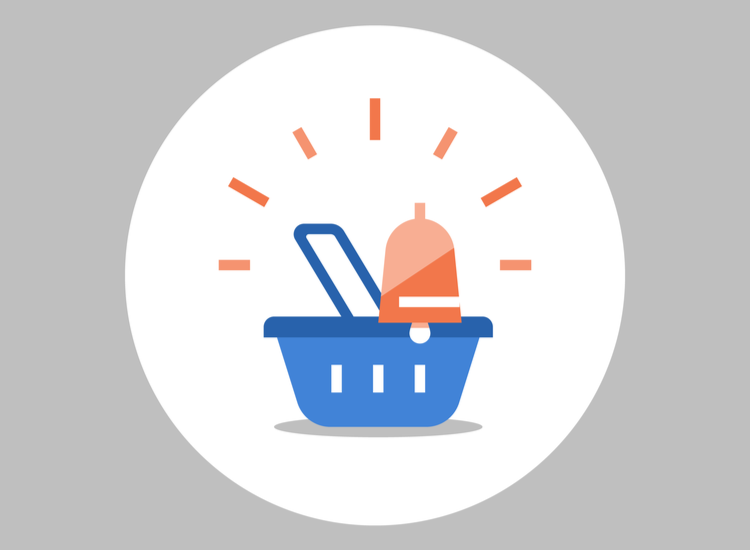
Just a little under 70% of online shoppers abandon their cart without completing the purchase. The reasons for such a high number are many (from extra costs to a lack of alternative payment methods) and some are out of your control (e.g., “I was just browsing”).
Note: Find out in more detail about the cart abandonment rate statistics.
Whatever the reason for abandoning their purchase, by sending an email, you can get back the prospect’s attention and maybe even give them the final nudge to complete the buy.
You cannot always convert wavering shoppers, but you should make an effort to learn why they did not complete their order. From that feedback, you can improve your checkout process for future customers.
Order Confirmation Email
The order confirmation email is another way to boost sales as it presents the opportunity to offer other products. Besides increasing sales, order confirmation emails are an essential element of the customer experience because they set customer expectations regarding additional fees and shipping times.
Your order confirmation email also reminds shoppers that they bought from you, reducing chargebacks.
Upsell Email
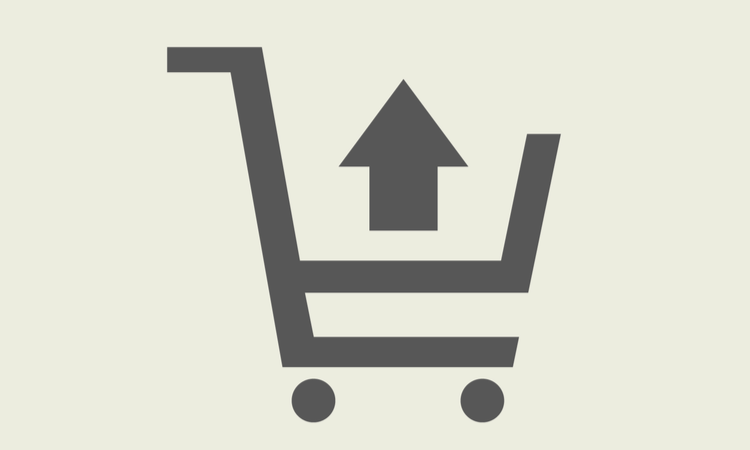
Upselling is when you invite a prospect to buy a more expensive item in a bid to boost their average order value. Cross-selling involves recommending a related or complementary product.
Both techniques help boost your sales and come in the form of an automated email but only make sense if personalized and relevant to the customer. Make sure you have the right data-gathering tools at your disposal so that the right person is targeted with the right offer.
Read our blog article for more information about how to increase your revenue through upselling How to Upsell: 10 Tips and Tricks.
Win-back Email
Inevitably, a percentage of your subscribers will be lost, either because they unsubscribe or worse, they disengage entirely. To try and re-engage your customers, design a win-back email.
For this tactic to work, you have to provide uninterested customers with an incentive to stay with you. This can be a special gift, a free upgrade, or extra reward points.
Asking for customer's feedback can also be an effective strategy for winning back their attention. People appreciate being asked about their opinions, while you benefit from learning more about how to improve your product offerings or service.
Thank You Email
Acknowledging your audience goes beyond thanking them for subscribing to your newsletter or making a purchase. It is about remembering and recognizing the reason why you are in business – trying to solve a customer pain point.
A well-crafted thank you email will remind the customer why they chose you over the competition and add the human touch to a business transaction. When people feel their presence is valued, they tend to respond by becoming loyal customers.
Tip 2: Leverage Email Blasts
Email blasts can be highly effective when done right. Two of the top-performing email blasts that you can use in your business’s day-to-day activities include:
Newsletter Email
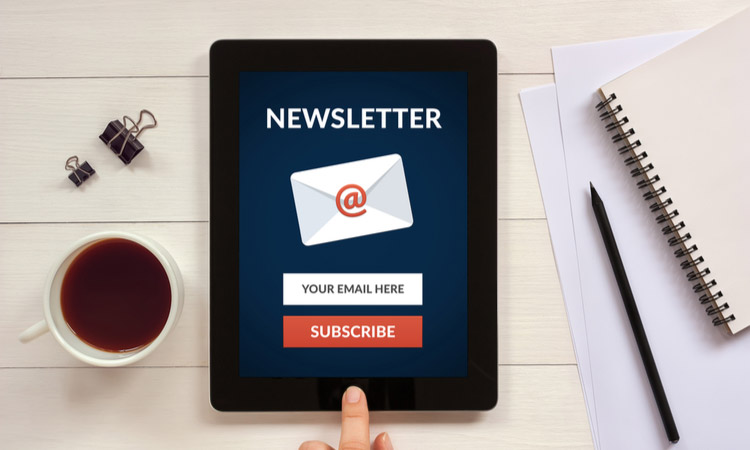
Creating a newsletter is not just a way to keep your customers informed about your new product or features but has many other advantages. Newsletters announce company updates, product innovations, product recommendations, surveys, giveaways, industry news, and much more.
Because people who have subscribed to your emailing list have already expressed some interest in your offerings, you can count on their greater receptivity than among people who you target through other forms of advertising. This makes newsletters a low-cost, high-return marketing strategy.
Well-designed newsletters with engaging content also increase your brand’s trustworthiness and authority in the field.
Discount Email
Discounting is an effective ecommerce email marketing strategy. Giving discounts to clients or customers via email can be a great way to infuse a little energy into your business and boost sales for the month.
When sending an email with client or customer discounts, your subject line is probably your most significant asset. The phrasing and tone of your subject line will create a sense of urgency and scarcity amongst your customers, driving them to react and make a purchase.
Keep in mind that while offering discounts is helpful, you need to strike a balance. Too often and your profits will fall; too little and you risk driving customers to a competitor.
Tip 3: Create Effective Email Drip Campaigns
Drip campaigns can have various goals. Here we describe two common types.
Onboarding Email Drip
An onboarding campaign is initiated once a lead submits their email through a form on your website. The process involves getting users familiar with your product and service range.
An effective onboarding campaign will give leads practical knowledge about your goods or services and what they can expect from you. Here are examples of the kind of content your onboarding drip emails can contain:
- Video tutorials
- Links to blog posts and case studies
- Perks of premium plans
- FAQs
- Invitations to download your app, subscribe to your social media pages, etc.
- A unique welcome gift
Retargeting Email Drip
Retargeting means reminding your audience of a product they expressed interest in but did not follow through with your call to action. It employs past user behavior information to convert leads into customers and is also useful for re-engaging inactive subscribers.
A retargeting campaign rests on the data you are able to collect on user behavior and depends on successful audience segmentation. Keep in mind that these emails are most effective when they are sent soon after the lead expresses interest in your product or service.
Tip 4: Grow and Maintain Your Email List
As important as maintaining your email list, you should also know how to grow it.
Maintaining Your Email List
There are several things you should do to maintain the health of your email list.
- Segment. This means personalizing the content of your emails so that you send the right emails to the right person. Users can be segmented according to demographics, location, past behavior, etc.
- Cleaning or scrubbing. This process involves removing email addresses that are no longer valid, that contain typos, or that are duplicates.
- Easy unsubscribe. It may seem counterintuitive but making it easy for your customers to unsubscribe means that your email list contains only those people who want to be there. It also prevents your emails from being interpreted as spam.
- Create appealing design and content. Make your emails visually appealing and find out what your readers respond to and find useful.
- Be GDPR compliant. Provide potential and existing subscribers the option to subscribe and unsubscribe at any moment. Indicate what your GDPR compliance policy is in each email so that subscribers understand what their rights are. Demonstrate integrity and invoke a sense of trust by providing users a chance to exercise the option of unsubscribing at any moment.
- Provide effective calls to action (CTAs). These will help direct users to do the actions you expect from them. To be effective, CTAs must:
- Be clear (use simple language)
- Be unique (avoid overused words)
- Ask for only one thing
- Make it easy to react
- Communicate urgency
- Be beautiful (i.e., strikingly designed)
Growing Your Email List
All email lists age and shed subscribers, so it is essential to do things which will add new addresses to your list. Here are some ideas to help you expand your contacts:
- Work on your content. Interesting blog posts, instructional videos, and how-to tutorials will stimulate interest and generate new leads. Some of this content can be gated and accessible only to those who submit their email address. This strategy will work if the freely available content provides value and establishes your authority.
- Organize giveaways and quizzes. Use social media platforms to promote and host giveaways or quizzes. Your email list will grow if participation requires users to sign up.
- Implement pop-up forms on your website. These simple tools invite visitors to add their names to your list of subscribers. These pop-up forms usually appear a few seconds after a user lands on your website.
- Incentivize referrals. Referrals are a powerful way to grow your customer base because they come with embedded social proofing. People are more likely to trust a business that comes with a recommendation from someone they know. Make sure that every referral comes with something in return, e.g., free shipping, a discount coupon, special access to premium content, etc.
Tip 5: Use Advanced Personalization
We are living in an era of personalization. We have an abundance of data at our fingertips, but we don’t always make the most of the opportunity it provides. Ecommerce personalization was a step that some took very slowly.
Here are some ways to personalize your email marketing.
- Build a buyer persona. If you know exactly who you are selling to and how your product can help, you can target your audience precisely. Emails that reflect user preferences, online behavior, location, age, and other factors will be relevant and drive engagement.
- Make use of location and time. To do this you need to know when your customers tend to read their emails. Location is especially important if your audience is global and your customers live in different time zones.
- Personalize the subject line. Subject lines depend on your industry and your audience. From casual to professional, subject lines can have widely varying tones. Test different solutions to find what works best for your customers.
- Use “Recommended for You”. Past purchases will tell you a lot about what your customers are interested in. Emails with recommendations based on past purchases usually have higher conversion rates.
- Celebrate milestones. These might be birthdays, anniversaries, or even a certain number of purchases achieved. Make sure you mark each occasion with a personal email to your loyal customer and consider offering a gift as well.
- Use appealing images. Images are a highly effective way of building a personal connection because they speak on an emotional level. Images can delight, surprise, and bring out a smile. Also, most people do not have the patience or time to read through lengthy text.
- Reach out. Offer a clear line of communication. Make sure your customers are able to express their disappointment and pleasure freely. You can also inquire if they need help with something they purchased. Pre-empt any refund requests by offering instructional videos and tutorials on how to use your products properly.
Tip 6: Ensure Deliverability
Deliverability means your email has reached the recipient’s inbox, avoiding bounce or being placed in the spam/junk folder. If your emails are repeatedly not delivered, this can seriously impact your reputation. To ensure deliverability implement these measures:
- Use a private domain and dedicated IP address.
- Make it easy to unsubscribe because this reduces the chances of recipients labeling your emails as spam.
- Reduce email bounce by maintaining a clean list of subscribers.
- Keep your email engagement metrics high, and this will add to your sender reputation.
- Optimize email send frequency and cadence as both too many and too few emails can disrupt deliverability.
Tip 7: Use Responsive and Well-designed Emails
It is likely that your audience is reading your emails on a mobile device. Therefore, the design of your emails must be responsive and provide your customer with a pleasant experience.
Responsive email designs provide custom content based on the user's chosen device. With responsive design, you can send email templates which change depending on the viewer's screen size. These emails will always render correctly regardless of the viewer's device.
Here are some responsive email design best practices:
- Use a single-column layout no wider than 600-640 pixels.
- Use web-safe fonts (e.g., Ariel, Verdana, Times New Roman).
- The font size should be at least 13pt or 14pt for the body text and no smaller than 20pt for the titles to ensure readability.
- Place your most important information or your call to action close to the top, so your readers do not have to scroll down to find it.
- If you have hyperlinks, make sure there is enough space around them to be safely tapped with a thumb.
- Use smaller, responsive images and use alt tags because many email clients do not load images.
- Instead of videos, use GIFs.
Before launching your campaign, test extensively to see how your email works on different devices and with the most common email clients.
Tip 8: Track the Success of Your Efforts
The majority of email marketing tools enable you to track the performance of your email campaigns through the use of dashboards and analytics. Keeping an eye on how customers respond can help you identify potential issues and implement the necessary changes.
Here are some of the essential metrics you should monitor:
- Bounce rate. This number tells you how many recipients did not receive your email in their inbox. A high bounce rate means that your list of subscribers has many inactive, fake, or outdated contacts, or that your email service provider is performing poorly.
- Open rate. As the name indicates, this rate represents the number of recipients that opened the email you sent. If your open rate is low, consider the effectiveness of your subject lines and the pre-header text.
- Click-through rate. This shows the average number of times readers clicked on the links or CTAs in the email. This is one of the metrics that most clearly indicates the success of your campaign. Low click-through rates show that your emails do not engage the recipients.
- Conversion rate. When a reader clicks on your link or CTA and preforms the desired action, you have achieved a conversion. As one of the most important metrics, conversion rates show the success of your lead-generation campaigns.
- Unsubscribe rates. High numbers in this area mean that your content is not relevant and is likely sent to the wrong audience. In this case, consider segmenting your list of subscribers and powering up your personalization efforts.
- Spam flagging. If your emails are frequently flagged as spam, you could be facing issues with suspicious-looking subject lines and irrelevant content. Alternatively, you could just be sending too many unsolicited emails, making the recipients feel like they are being spammed. High spam-flagging rates could also indicate issues with your email marketing software.
- Overall ROI. The amount you earn through your campaigns divided by the money you spent on creating them gives you the overall email return of investment rate. As email campaigns globally achieve high ROI numbers, low figures mean you should rethink every element of your email strategy.
Conclusion
Successful email marketing is not just a one-off event. It is the continuous process of reminding customers of your presence and providing them with reasons to stay with you.
With more than 4 billion people, or half the world’s population using emails, it is clear that this method of reaching out to customers is not only a good marketing idea but an essential element of any strategy for business growth. The beauty of email marketing is that it provides healthy ROI and is fully customizable to your brand and the message you wish to convey.
Use these tips to kick start your email strategy or to adjust what you are currently doing to make the most of this valuable marketing channel.
